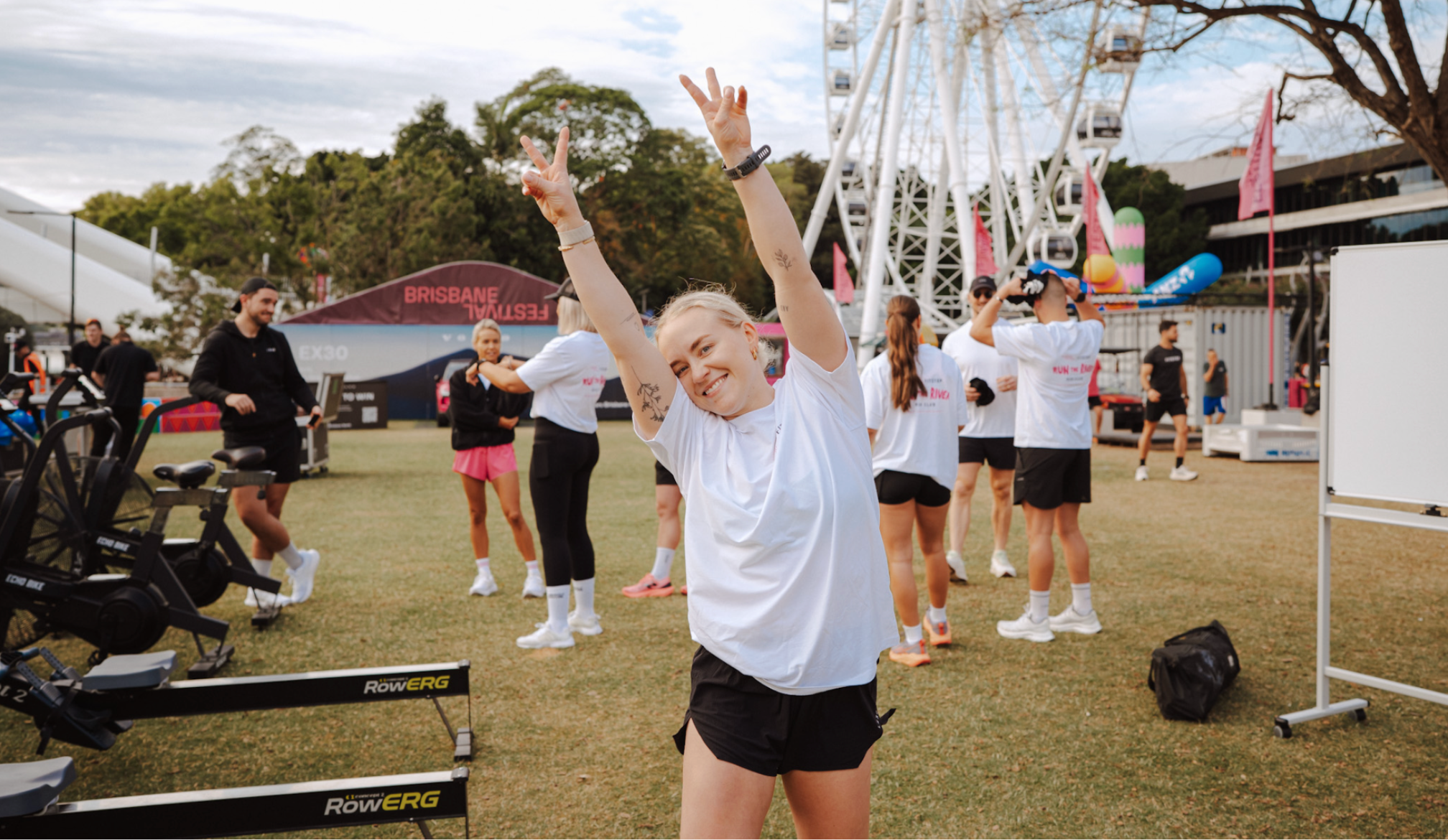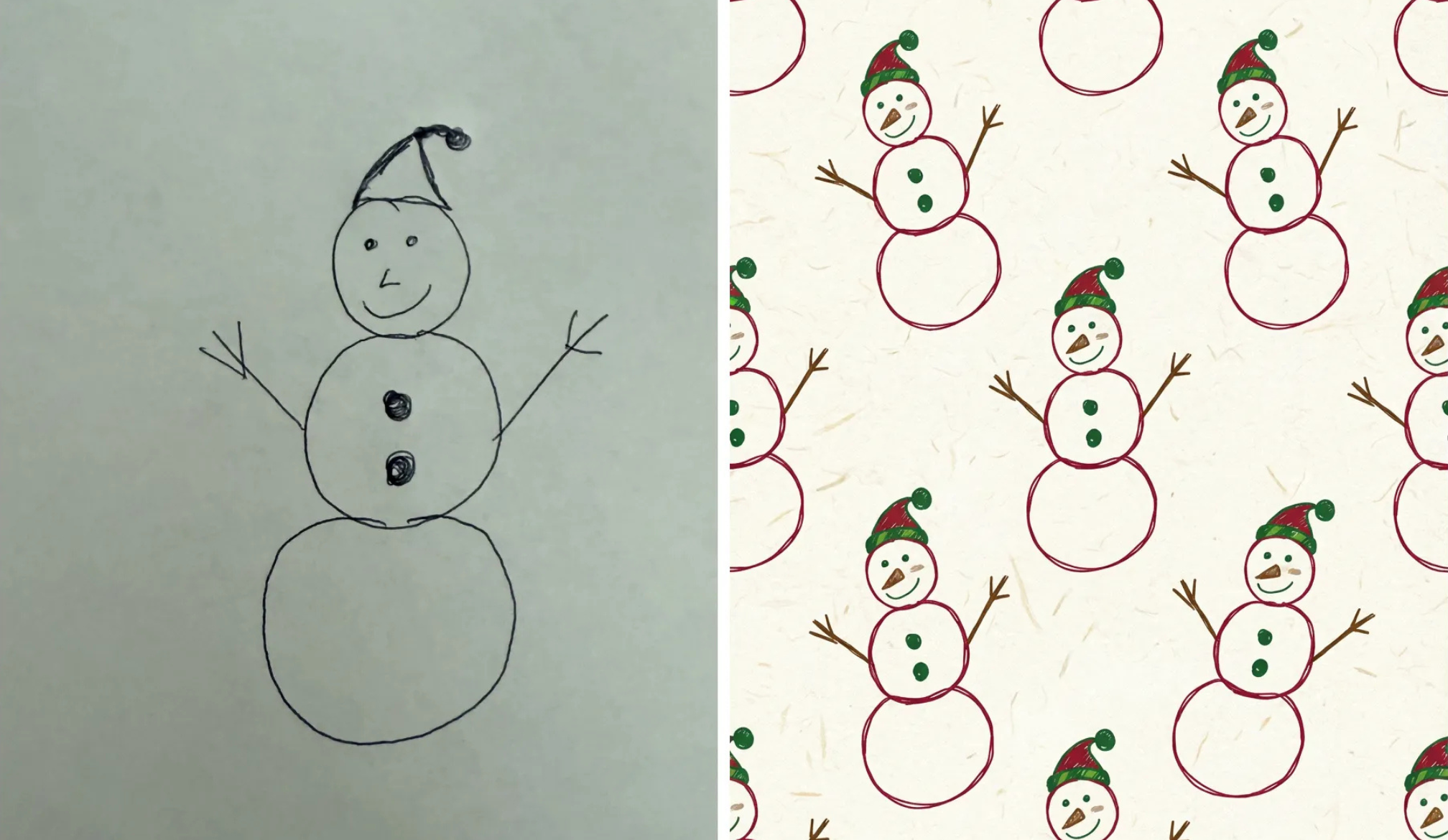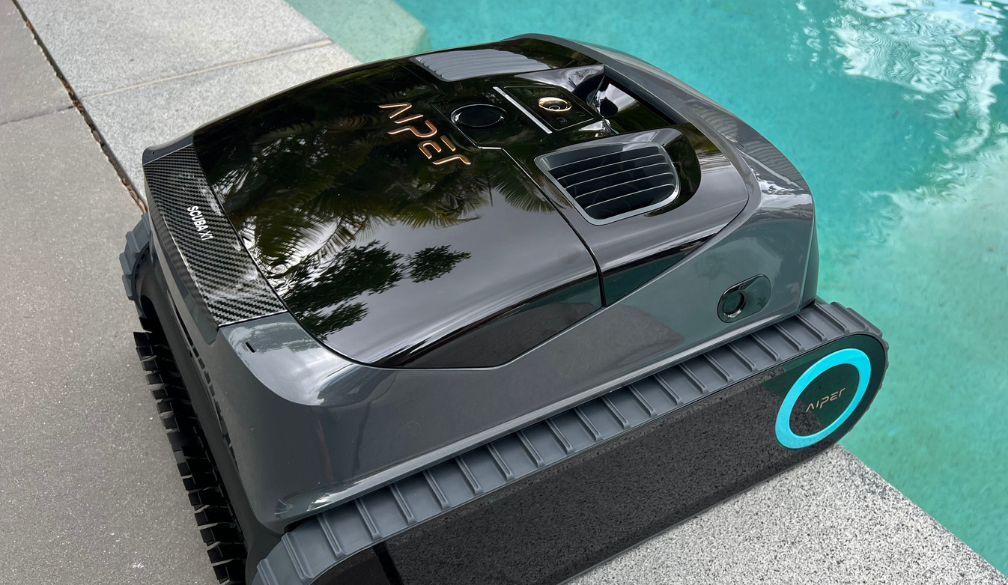Why Australia Is Ditching “Gym Hop Culture” — And Choosing Fitstop Instead
- Written by Times Media

As Australians rethink what fitness actually means going into the new year, a clear shift is emerging: we’re moving away from the era of “gym hopping” — the endless cycle of trial passes, sporadic classes, and half-hearted memberships — and leaning into community-driven training that sticks.
And at the centre of this movement? Fitstop.
While boutique fitness trends continue to spike and fade, Fitstop’s no-gimmick, performance-based approach is resonating more than ever. With locations nationwide — and a rapidly growing global footprint — the brand is redefining what modern group training looks like: fewer shortcuts, more sweat, genuine connection, and real athletic progression.
The Rise of ‘Performance Communities’
The biggest shift? Australians are craving community. Not just friendly faces — but accountability, consistency and workouts designed to actually get you better. Fitstop’s signature programming (Lift, Perform, Condition and the iconic Fitstopper sessions) taps directly into that formula: training that feels purposeful, challenges you every week, and makes results visible beyond the mirror.
This isn’t fitness for a season — it’s fitness for life.
Where Training Meets Culture
The rise of TikTok “workout tribes,” run clubs, and performance-driven communities has created a cultural moment for Fitstop. People want to belong to something bigger. Walk into any Fitstop session and the energy is different: high-fives, personal bests being announced, mates cheering each other on, and coaches who actually know your name — and your goals.
It’s part training, part lifestyle, part movement.
A New Kind of Motivation
In a landscape saturated with trends, Fitstop’s growth shows that Australians are craving substance. Instead of flashy classes or fleeting challenges, Fitstop is building longevity — pushing Aussies to lift heavier, move better, and train with intention. And the numbers reflect it: thousands of weekly sessions booked, new locations opening, and a fast-growing digital footprint sparked by creator-led content, local events, and nationwide challenges.
The Takeaway
Call it a shift. Call it a movement. Call it the end of gym-hopping culture.
Whatever you name it, one thing is clear: Australians want fitness with purpose — and Fitstop is leading the charge























